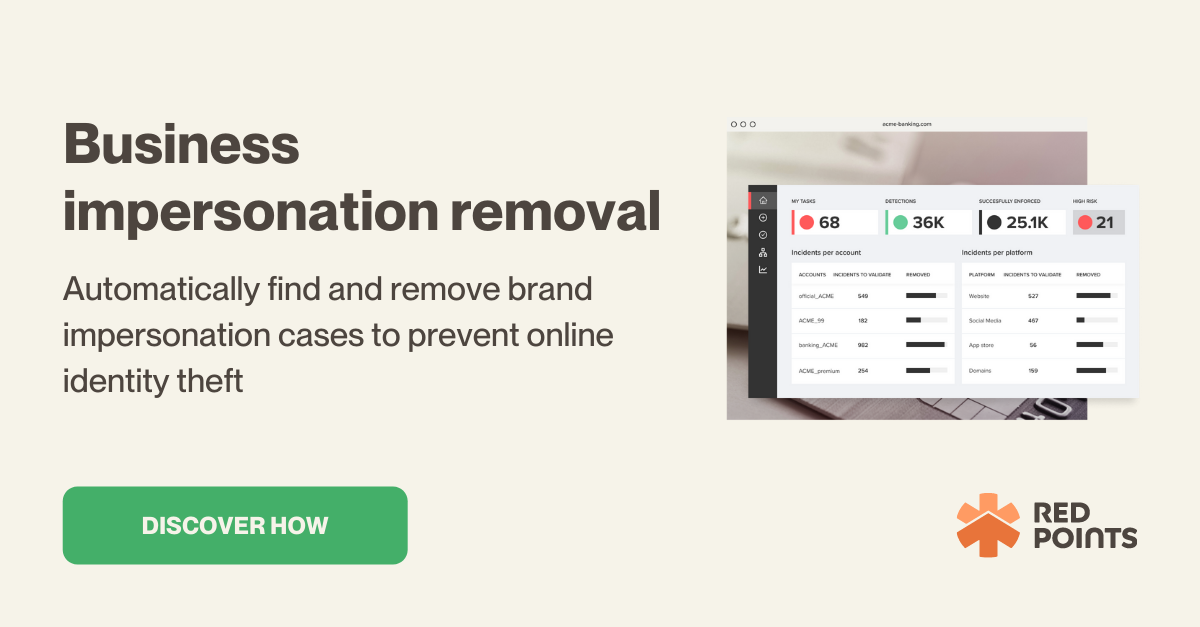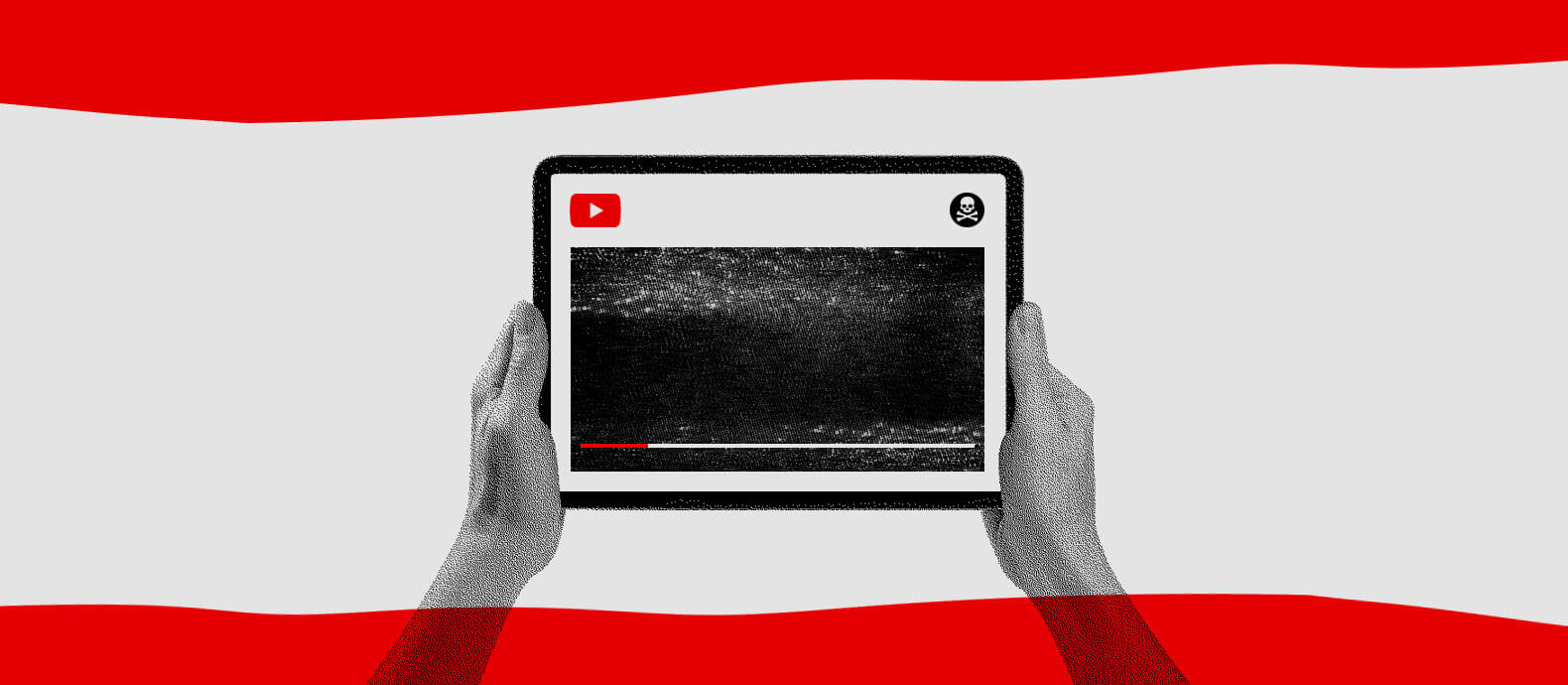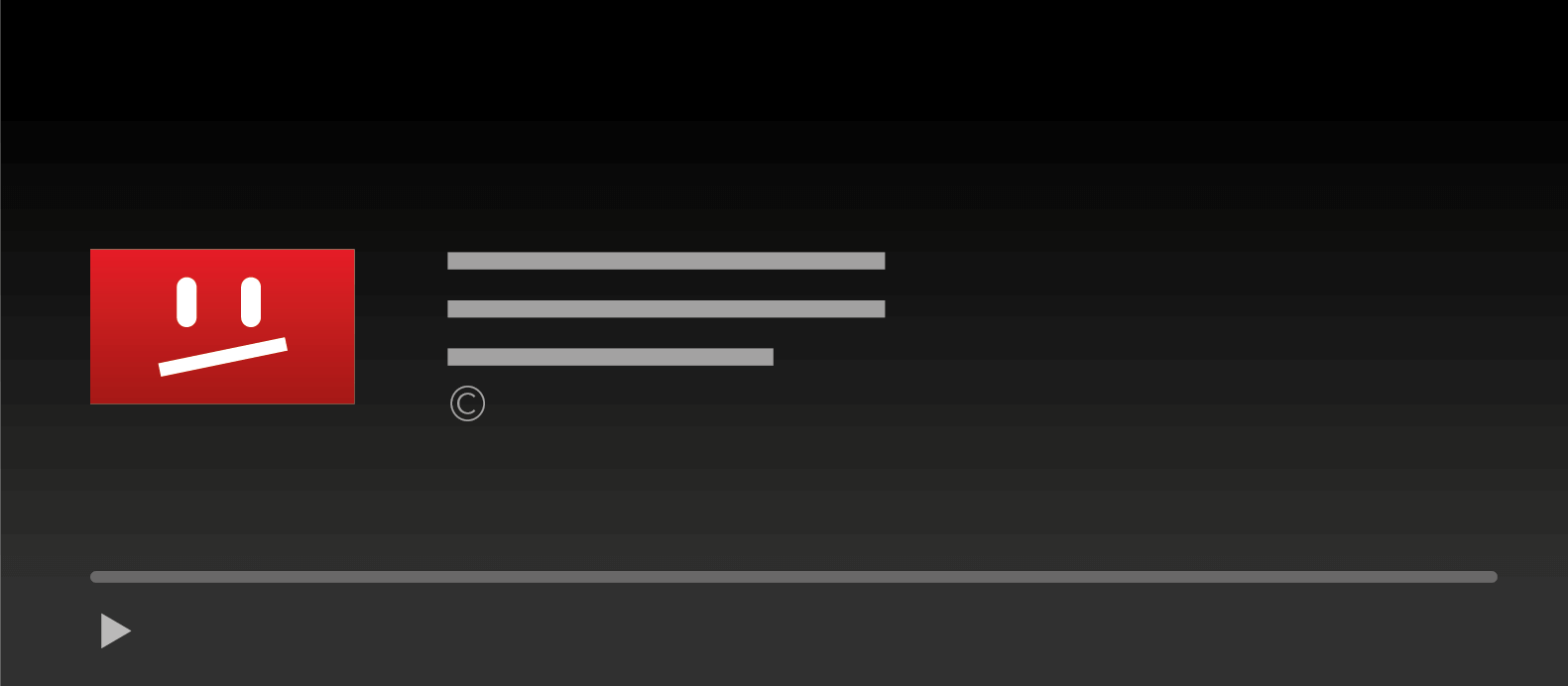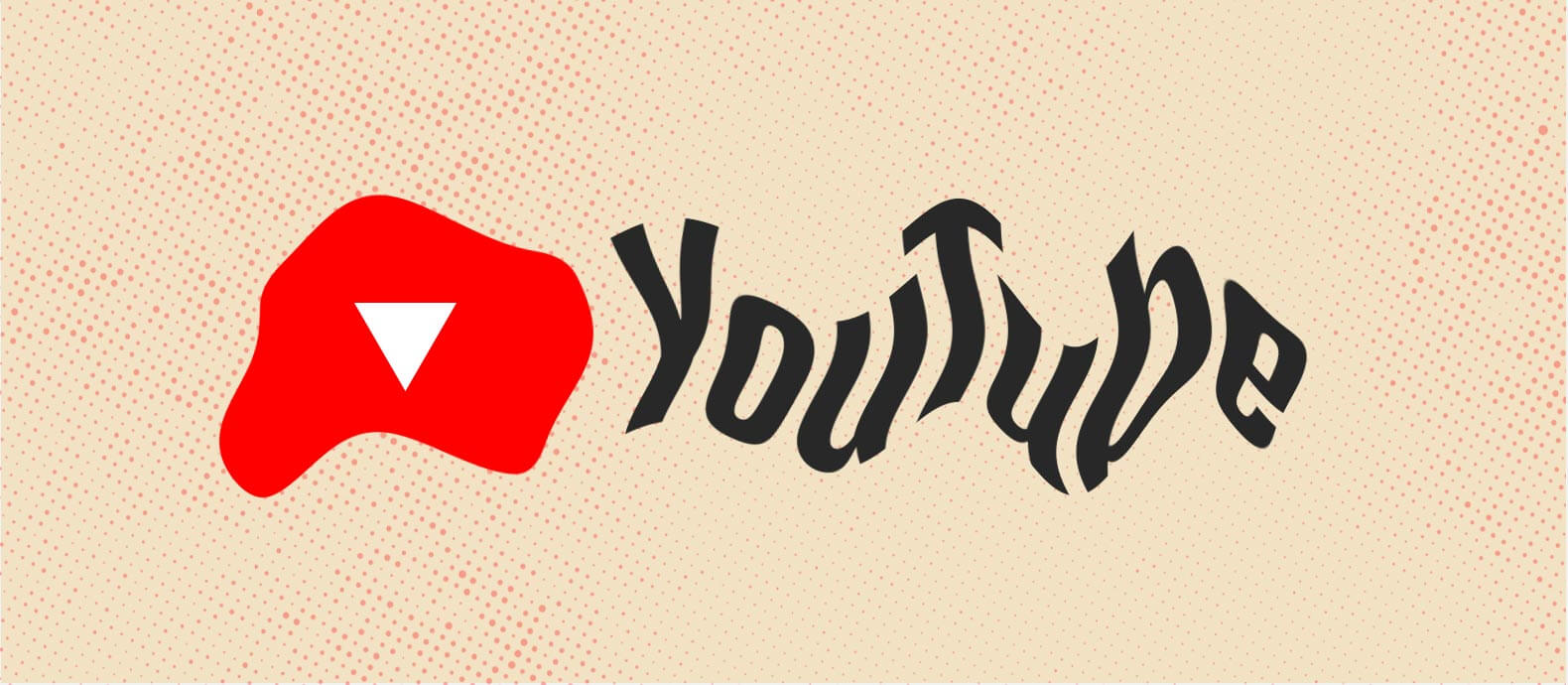Every platform faces the issue of impersonation, which is why social media accounts created verified badges in the first place. According to the New York Times, a total of 205 accounts were determined to be impersonating Facebook’s top two executives.
Fraudsters advertise a wide range of scams via social media, from investment opportunities to for-sale goods and services. They’ll also send direct messages to people attempting to extract money or personal information that impersonators can use to get access to bank accounts and credit cards.
In this article, you’ll learn how to protect your identity on YouTube by first learning YouTube’s stance on impersonation and how to report an account for impersonating you or your brand.
How to detect and stop social media fraud
Online scams can happen very quickly. According to experts at Atlas VPN, Google has detected 2.02 million phishing sites since the start of 2020, an average of 46,000 sites per week.
Major brands may also be enticed to improve their online presence by unethical methods. In 2013, YouTube had to erase over 2 billion fake views from the videos of large corporations.
Because YouTube promotes user anonymity, it’s far easier to build a false online persona there than on other social media platforms. As a result of this uncertainty, you may never know who is behind the camera.
Cybercriminals can impersonate an account for weeks or even months before they are discovered. The damage has already been done by this stage.
In the past, much of the fraud was perpetrated by criminals who used typosquatting assaults to create bogus websites in order to collect user credentials or siphon off money from legitimate businesses.
Visitors may be steered to fraudulent websites or offers by deceptive advertisements. There are other situations when phony celebrity endorsements are used to sell counterfeit products or services.
Still, others use bogus profile pages pretending to be senior executives or famous people or threats posed by actors posing as threat actors and posting malicious links in comment sections. It’s a full-time job just to stay on top of all the different kinds of social media scams.
In contrast to websites managed by a global system for registering domain names and a well-understood set of organizations and regulations for reporting abuse (hosting provider, registrar, registry, ICAAN), social media platforms are more akin to the wild west.
Each social media site has its own rules and regulations for registering accounts, sharing content, and resolving complaints.
Detecting fraudulent activity or schemes will require platform-specific methodologies rather than standard detection strategies like examining new domain name registration lists.
Takedowns and removals differ significantly from platform to platform when actual fraud, scams, or infringing activity is discovered on social media.

Youtube’s policy on impersonation
Here is YouTube’s impersonation policy, “Content intended to impersonate a person or channel is not allowed on YouTube. Don’t post content on YouTube if it’s a channel that copies another channel’s profile, background, or overall look and feels in such a way that makes it look like someone else’s channel. The channel does not have to be 100% identical, as long as the intent is clear to copy the other channel.”
Please contact YouTube if you see someone submitting content that fits any of the following descriptions:
Channel impersonation: A channel that duplicates the profile, background, or overall look and feel of another channel in such a way that it appears to be that channel. As long as the objective is apparent, the channel does not need to be identical to the other channel.
Personal impersonation: Content that is meant to appear to be posted by someone else.
Here are a few examples of content that YouTube does not allow.
- Channels have the same name and picture as another channel, except a space in the name or the letter O being replaced by a zero.
- Using another person’s true name, user name, image, trademark, logo, or other personal information to deceive others into thinking you are that person.
- A channel description that is identical to another channel’s description.
- Creating a channel with a person’s name and image and then pretending that person is adding content to it.
- Creating a channel with a person’s name and image, then making comments on other channels as if the individual made them.
- Channels that pretend to be a “fan account” but are actually impersonating another’s and re-uploading their stuff.
- Channels that pretend to be a real news channel.
YouTube will remove any content that breaches Community Guideline and email the user to inform them. It’s likely that if this is their first infraction of YouTube’s Community Guidelines, they’ll only receive a warning. If this is not the case, YouTube has the authority to penalize the user’s channel. Three strikes in the span of 90 days will result in the closure of their channel.
How to report a youtube channel for impersonation
Here’s how to report impersonation on a YouTube channel.
Go to the YouTube channel.
Hover over the flag symbol that says “Report user” on the About page, and you’ll see block user, report channel art, report profile photo, and report user.
Because this impostor uses someone else’s channel art and profile image, you should select to report them.
Click Report user. Harassment and bullying, privacy, impersonation, violent threats, child endangerment, hate speech against a protected group, spam, and scam are some of the possibilities available here.
Check impersonation.
It says, “Impersonating another user by copying their channel layout, using a similar username, or posing as them in comments, emails or videos.”
Toggle the dropdown menu. It says, “Choose one. This channel is impersonating me. This channel is impersonating someone else.”
You can now add some more notes. Add something like, “This person is impersonating my channel art, profile picture, thumbnail images, videos content, and video titles.”
Click Submit. It says, “Thanks. We’ve received your report. If we find this content to be in violation of our Community Guidelines, we will remove it.”
What’s Next
The purpose of this article is not to alarm you, but social media fraud and scams may cause havoc on your business and brand. In light of the extent and size of threat actors’ operations, automation and machine learning are the only viable solutions.
Machine learning substitutes and scales the trained eye for detection and inspection, while automation helps to replace and scale repetitive human jobs. Detecting fraudulent adverts, counterfeit products, trademark infringements, and even content abuses can be outsourced to machine learning if done correctly.
In contrast with manual enforcement, the process of machine learning is scalable and way faster than traditional methods. . Check out how Red Points can keep your brand safe on social media.






